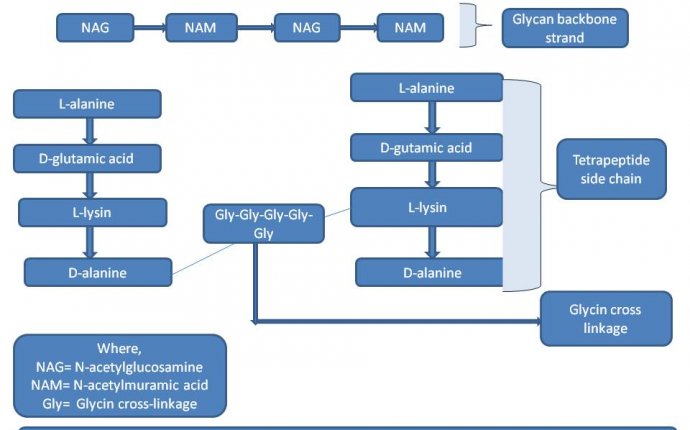
Shape and Structure of Bacteria
 Although bacterial cells are much smaller and simpler in structure than eukaryotic cells, the bacteria are an exceedingly diverse group of organisms that differ in size, shape, , and metabolism. Much of the knowledge about bacteria has come from studies of disease-causing bacteria, which are more readily isolated in and more easily investigated than are many of the free-living species of bacteria. It must be noted that many free-living bacteria are quite different from the bacteria that are adapted to live as animal or symbionts. Thus, there are no absolute rules about bacterial composition or structure, and there are many exceptions to any general statement.
Although bacterial cells are much smaller and simpler in structure than eukaryotic cells, the bacteria are an exceedingly diverse group of organisms that differ in size, shape, , and metabolism. Much of the knowledge about bacteria has come from studies of disease-causing bacteria, which are more readily isolated in and more easily investigated than are many of the free-living species of bacteria. It must be noted that many free-living bacteria are quite different from the bacteria that are adapted to live as animal or symbionts. Thus, there are no absolute rules about bacterial composition or structure, and there are many exceptions to any general statement.
Individual bacteria can assume one of three basic shapes: spherical, rodlike, or curved (, , or ). Considerable variation is seen in the actual shapes of bacteria, and cells can be stretched or compressed in one dimension. Bacteria that do not separate from one another after form characteristic clusters that are helpful in their identification. For example, some cocci are found mainly in pairs, including Streptococcus pneumoniae, a that causes bacterial lobar , and Neisseria gonorrhoeae, a gonococcus that causes the . Most resemble a long strand of beads, whereas the form random clumps (the name “staphylococci” is derived from the Greek word staphyle, meaning “cluster of grapes”). In addition, some coccal bacteria occur as square or cubical packets. The rod-shaped bacilli usually occur singly, but some strains form long chains, such as rods of the corynebacteria, normal inhabitants of the mouth that are frequently attached to one another at random angles. Some bacilli have pointed ends, whereas others have squared ends, and some rods are bent into a comma shape. These bent rods are often called vibrios and include Vibrio cholerae, which causes . Other shapes of bacteria include the spirilla, which are bent and rebent, and the spirochetes, which form a helix similar to a corkscrew, in which the cell body is wrapped around a central fibre called the axial filament.



